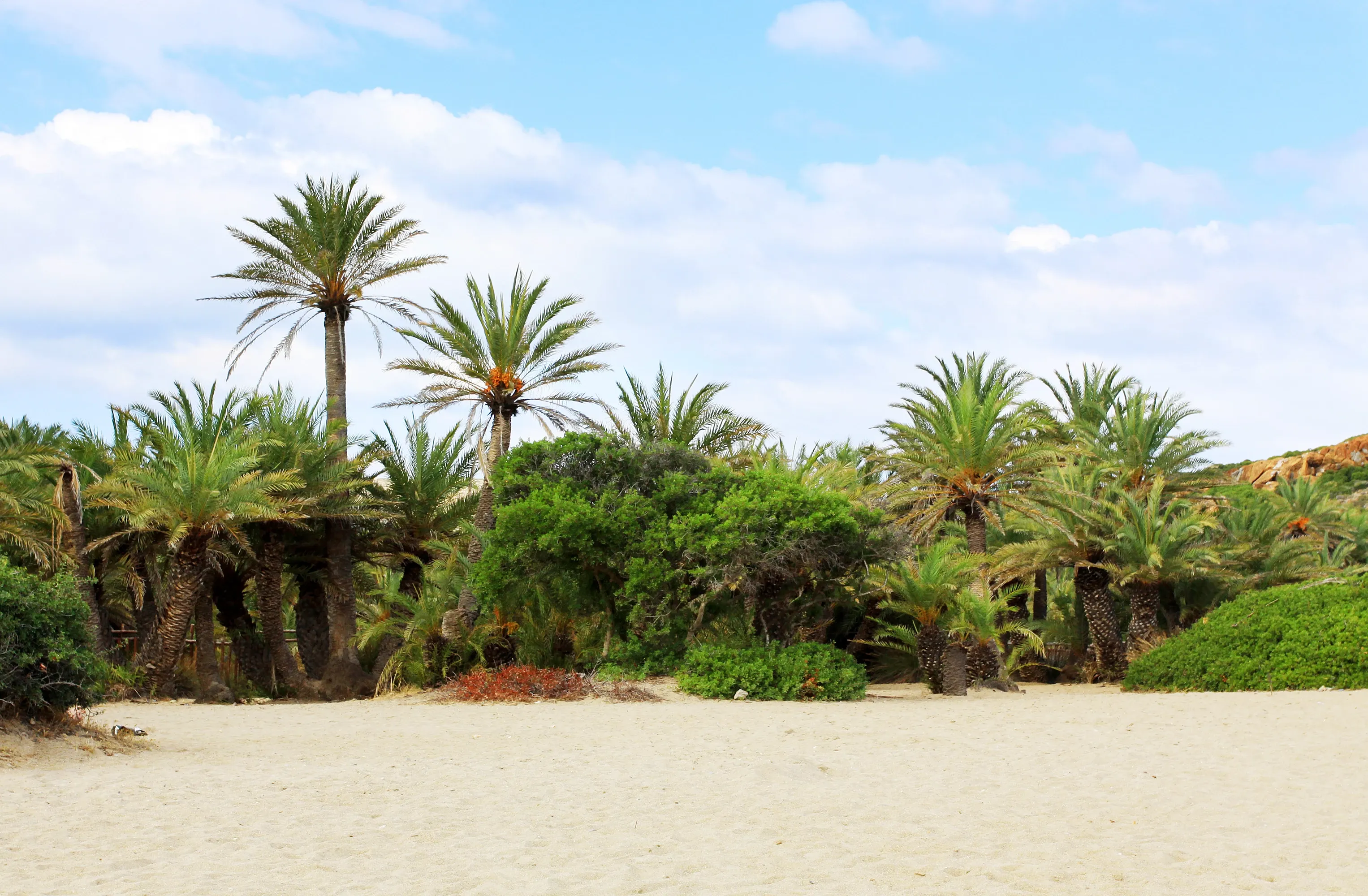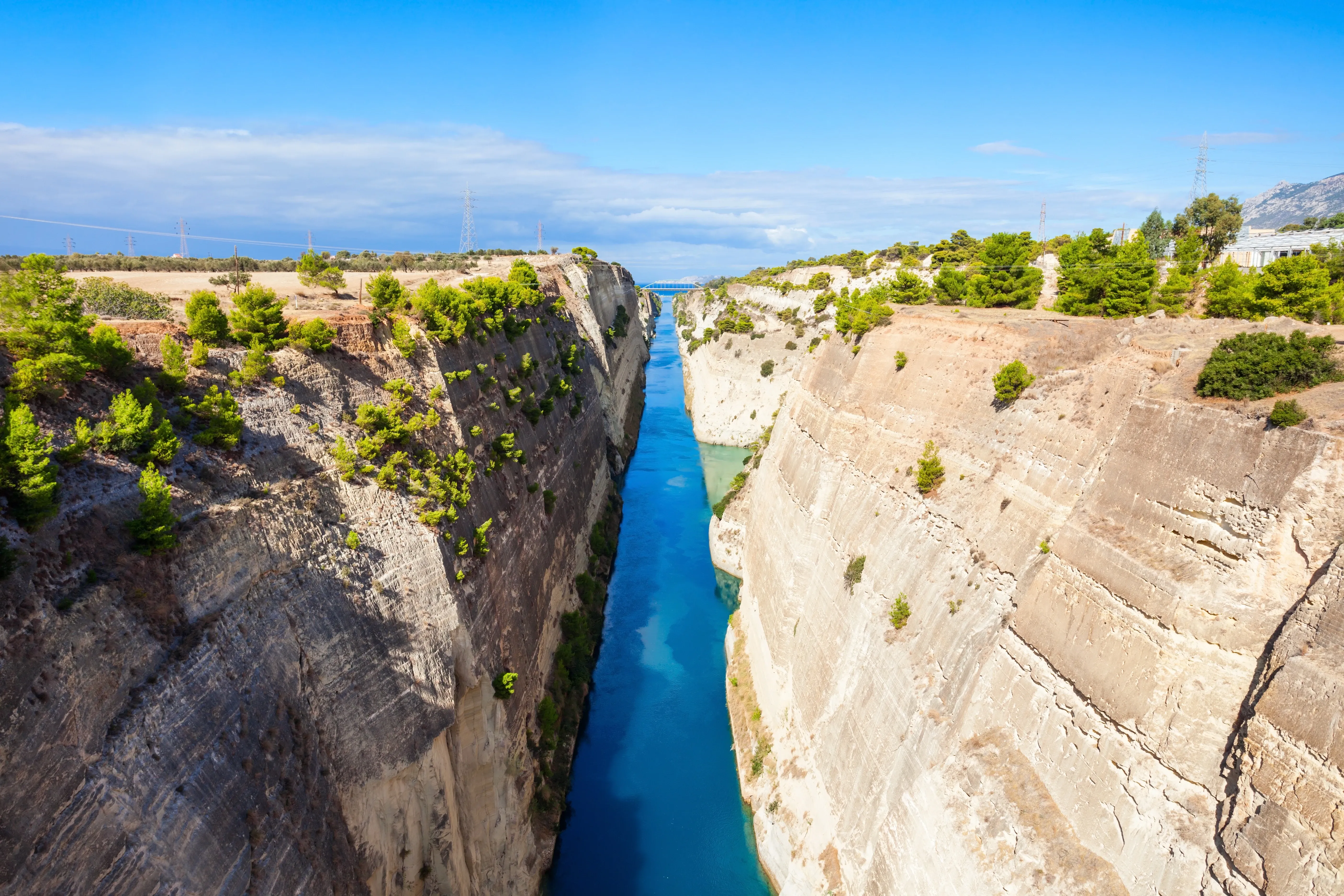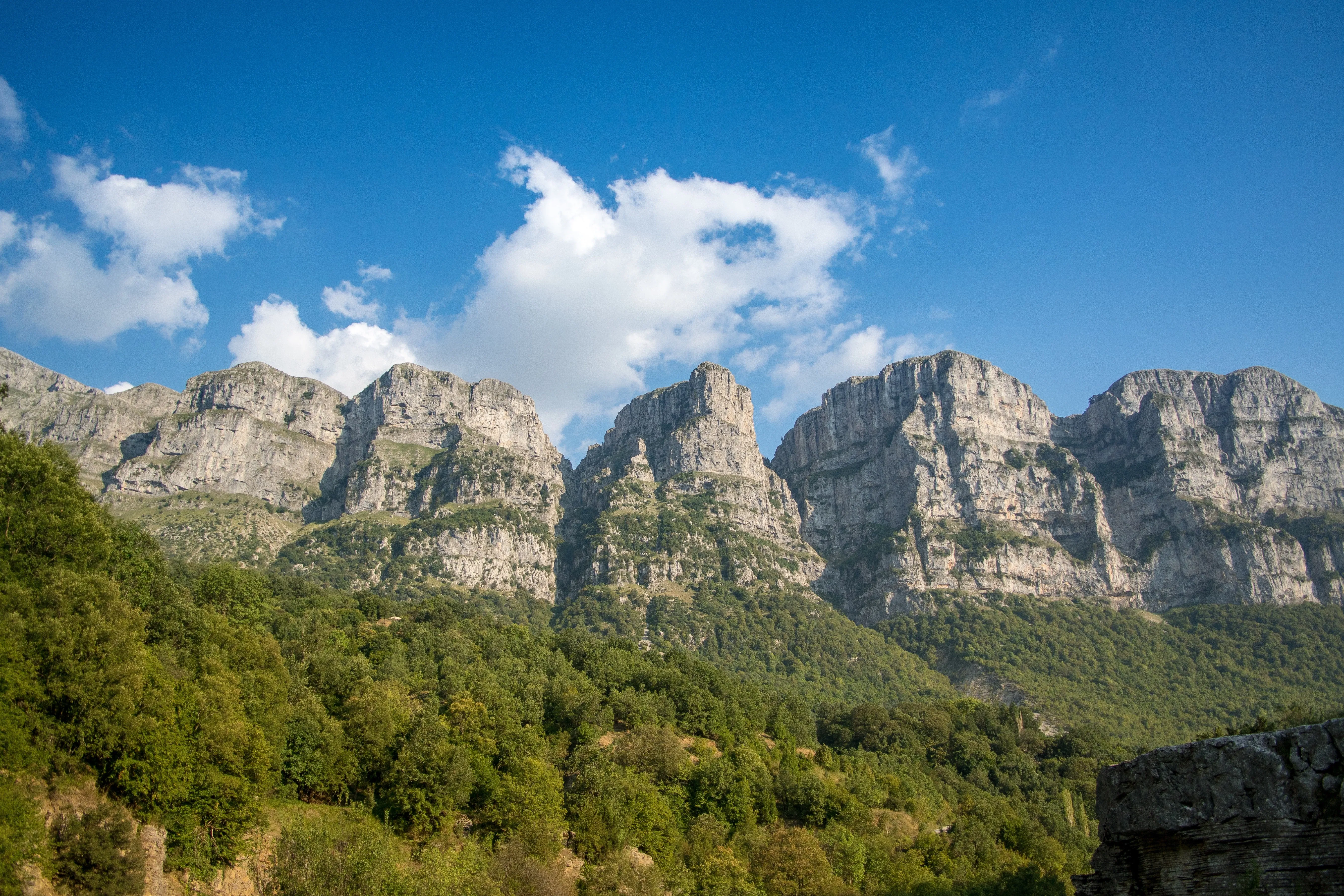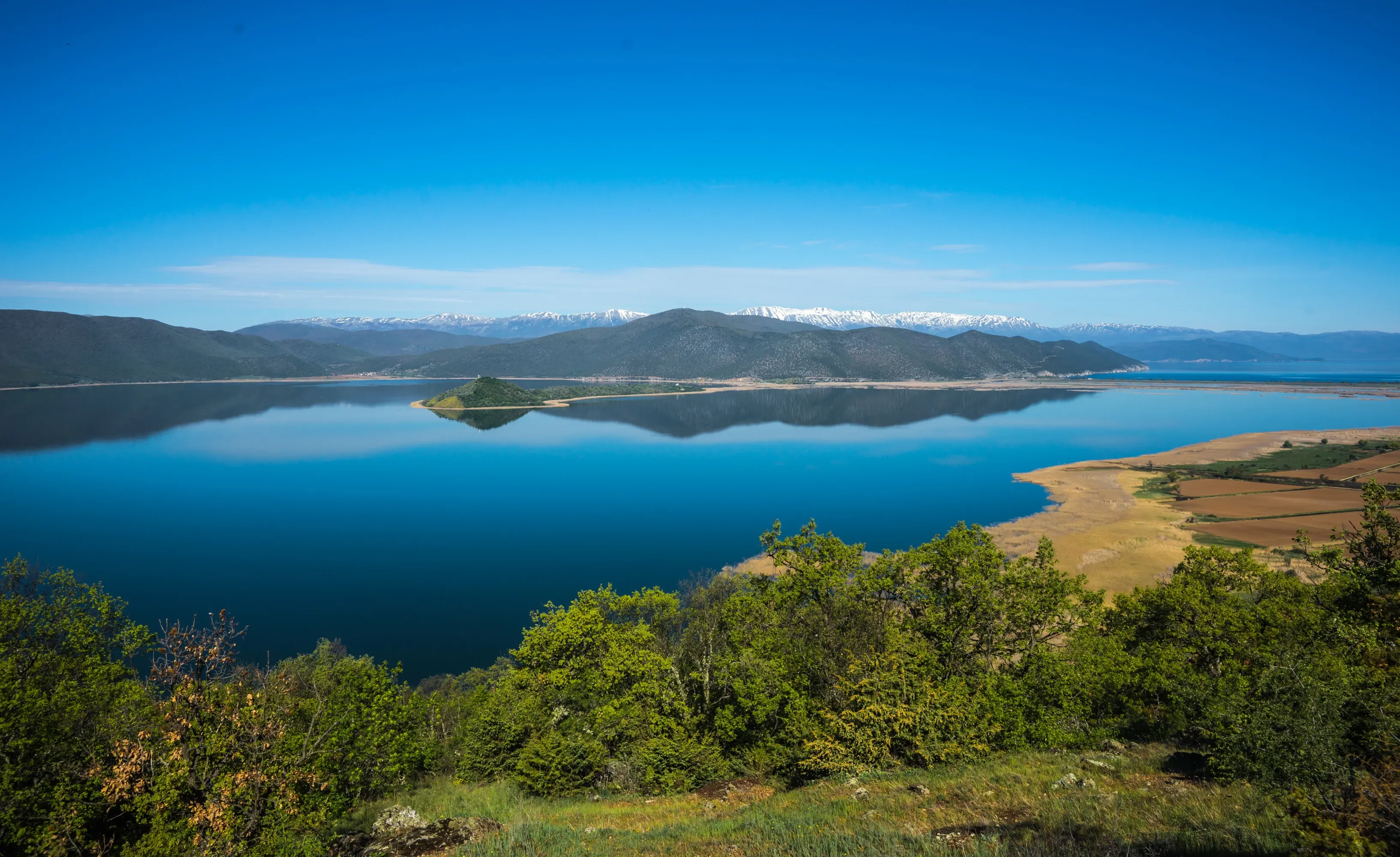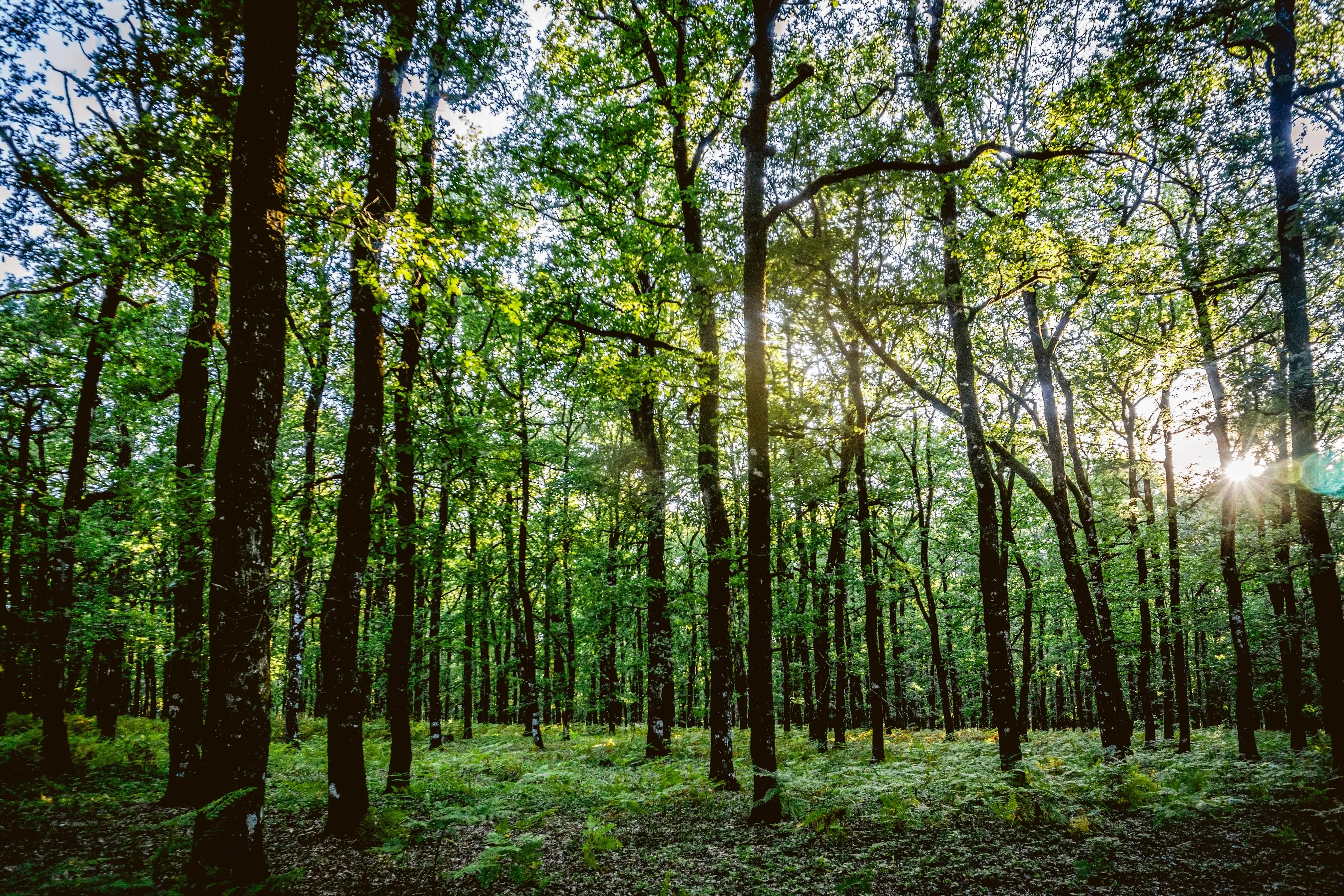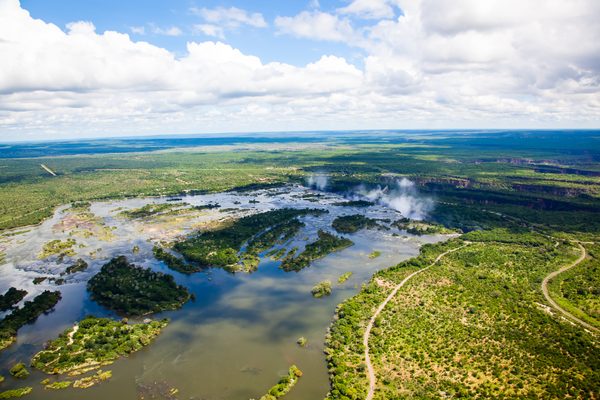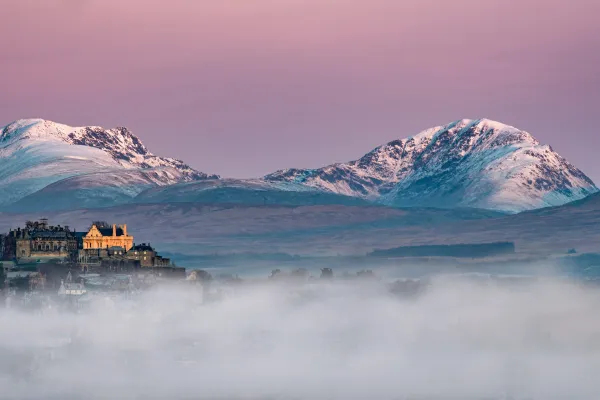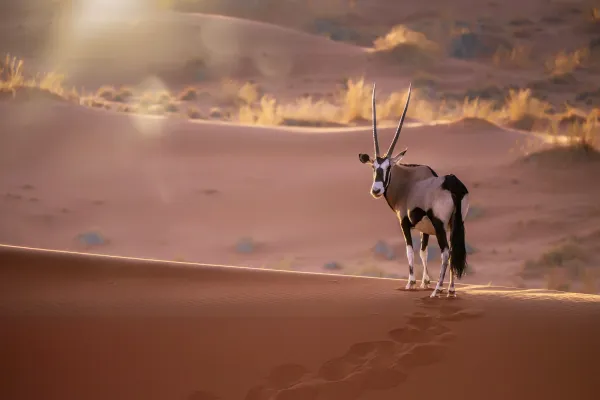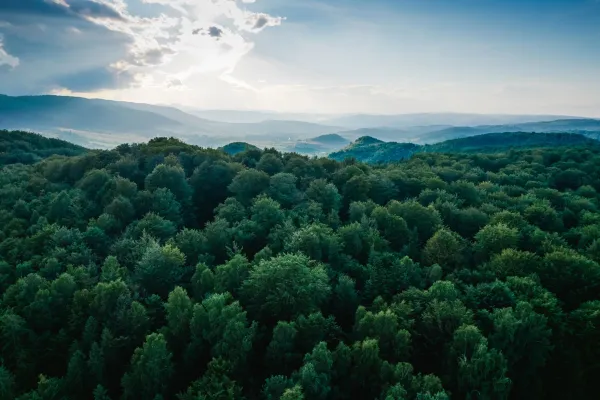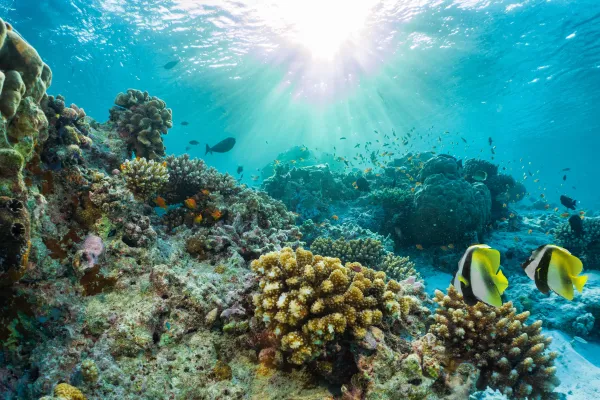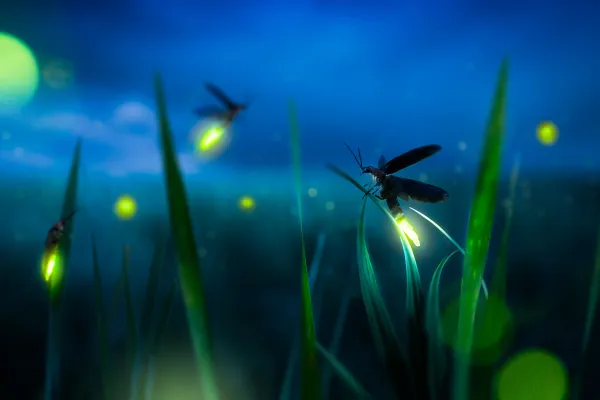Wild Europe: Ecotourism in Greece
Home of the old gods, olives, and spectacular beaches, Greece is a rocky, rugged, seafaring realm where crystal-clear sea waters meet craggy mountains.
Going forward, sustainable ecotourism in Greece will be hugely crucial for both the survival and success of its wild places as well as its people. As the birthplace of modern western civilisation, philosophy, and democracy, it is blessed with breathtaking natural beauty, resulting in tourism being its economic heartbeat.
The mountainous jewel embedded in clear liquid blue
Situated in south-eastern Europe as the southernmost point of the Balkan Peninsula, Greece is known for its thousands of islands scattered around it. Albania, Bulgaria, and North Macedonia are its neighbours to the north, and Turkey to the east; with the Aegean Sea lapping its eastern coastline, the Mediterranean to the south, and the Ionian Sea to the west, Greece is tightly embraced and heavily influenced by the ocean. At no point are you more than 137 kilometres from the sea. Once the centre of western art, science, and philosophy, it now has more archaeological sites per capita than any other country. Athens, named after Athena, the Greek goddess of wisdom, is one of the oldest capitals in the world. Few places have such a complex, beautiful, and intricate set of inlets, gulfs, beaches, bays, and islands where rough, bare mountains meet bright, clear blue water.
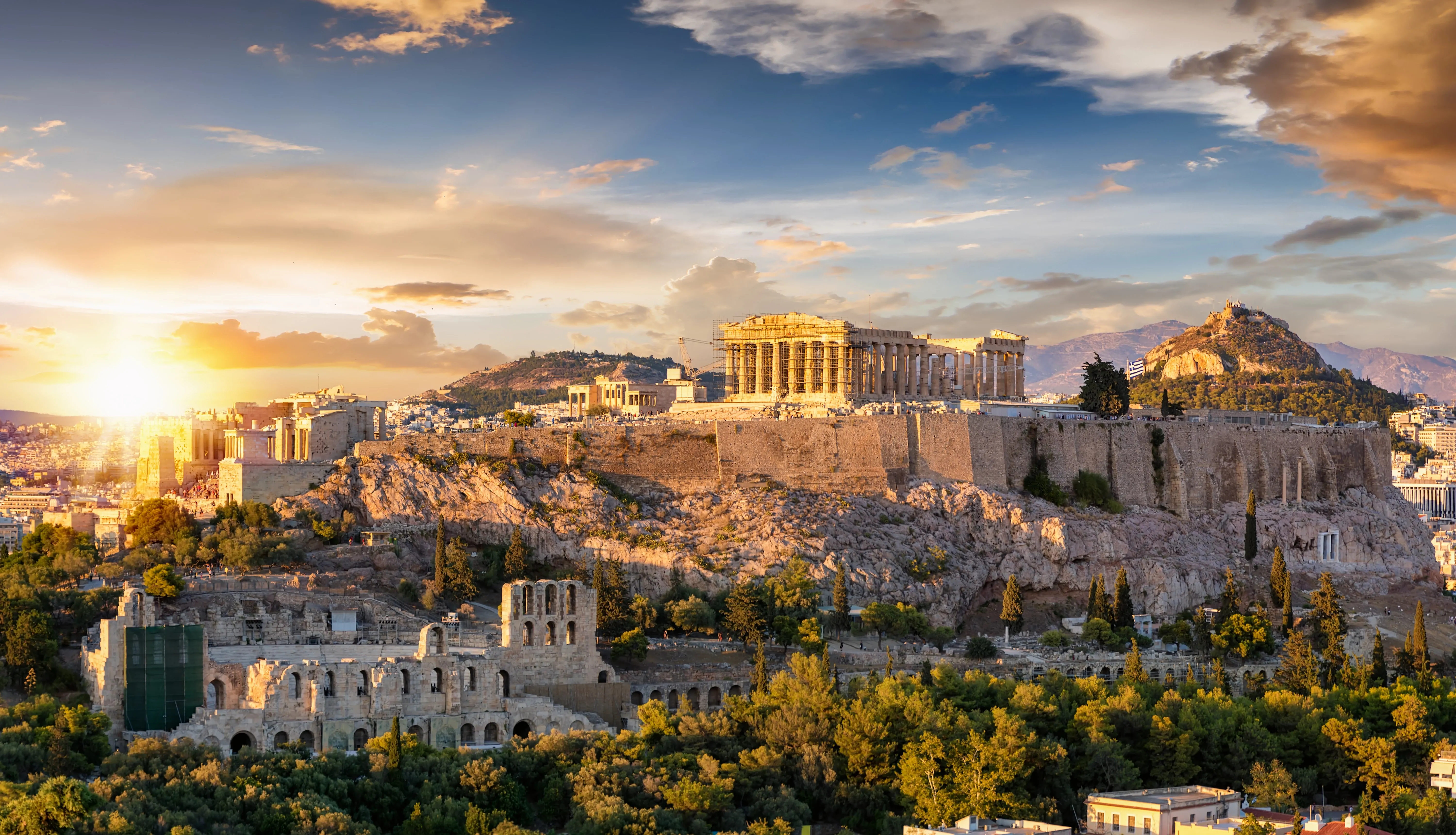
The lay of the land
Greece has a total land area of approximately 131,957 km2, of which not much under 20% is made up of islands. Almost split in two, the Isthmus of Corinth connects the Peloponnese with mainland Greece. With a coastline of just under 14,000 km, there are numerous spectacular beaches, ranging from pebbly to sandy, and from secret coves to quiet bays. These beaches lead you inland to a mountainous interior.
Mountains cover 80% of Greece. The mountains generally run from north-west to south-east and are fairly young from a geological standpoint. They are still in their “growth phase,” resulting in a lot of seismic activity in the area. The two most important mountain ranges are the Pindus, which lies in the centre of the country and forms the spine of the mainland, and the Taurus. The highest point is, of course, Mount Olympus, at a shade under 3,000 m.
Lowland plains, valleys, and depressions fill the spaces between the mountains, with a few spectacular gorges carved deep into the rock. Vikos Gorge in Zagoria is the second-deepest gorge in the world, with its deepest point being 1,350 m. More than 60 rivers flow across the rugged landscape, all of them quite shallow. The Haliacmon River is the longest river wholly in Greece, running almost 300 km, with the Aliákmon, Piniós, and Sperkhiós rivers all playing influential roles in the country’s geography and ecology. There are a few scattered lakes, with the twin Prespa Lakes among the oldest lakes in Europe. Much of the surface water disappears down cracks in the limestone rocks, forming underground river systems. Crete is Greece’s largest island, with Euboea coming in second.
An ecological perspective
The ecology of Greece is influenced by a number of factors, including the surrounding seas, its rugged interior, poor soil quality, and the Mediterranean climate. In the west of the country, there are Balkan mixed forests, and in the north, there are Rodope montane mixed forests. The Pindus and Illyrian deciduous forests dominate the mainland, with Crete containing Crete Mediterranean forests and most Aegean islands dominated by xeric shrub-lands. Around 25% of Greece is covered by forests, with the majority being natural. The country is also home to a few stunning aesthetic forests, underground caves, and limestone cliffs that add complexity to its ecology. A tangle of thorny shrubs, known as maquis, also covers a large portion of Greece’s terrain, with plants such as rosemary and oregano filling the air with their aroma.
Diving below the surface of the seas around Greece, marine habitats such as the seagrass meadows and deep water coralligenous reefs are incredibly biodiverse and play crucial ecological roles. Saltmarshes, as well as both warm-water and cold-water coral habitats, are also found.

Greece’s wildlife
The iconic brown bear inhabits the forests and mountains in northern Greece. It is estimated that there are approximately 500 bears in the country, with ecotourism in Greece playing a vital role in their conservation.
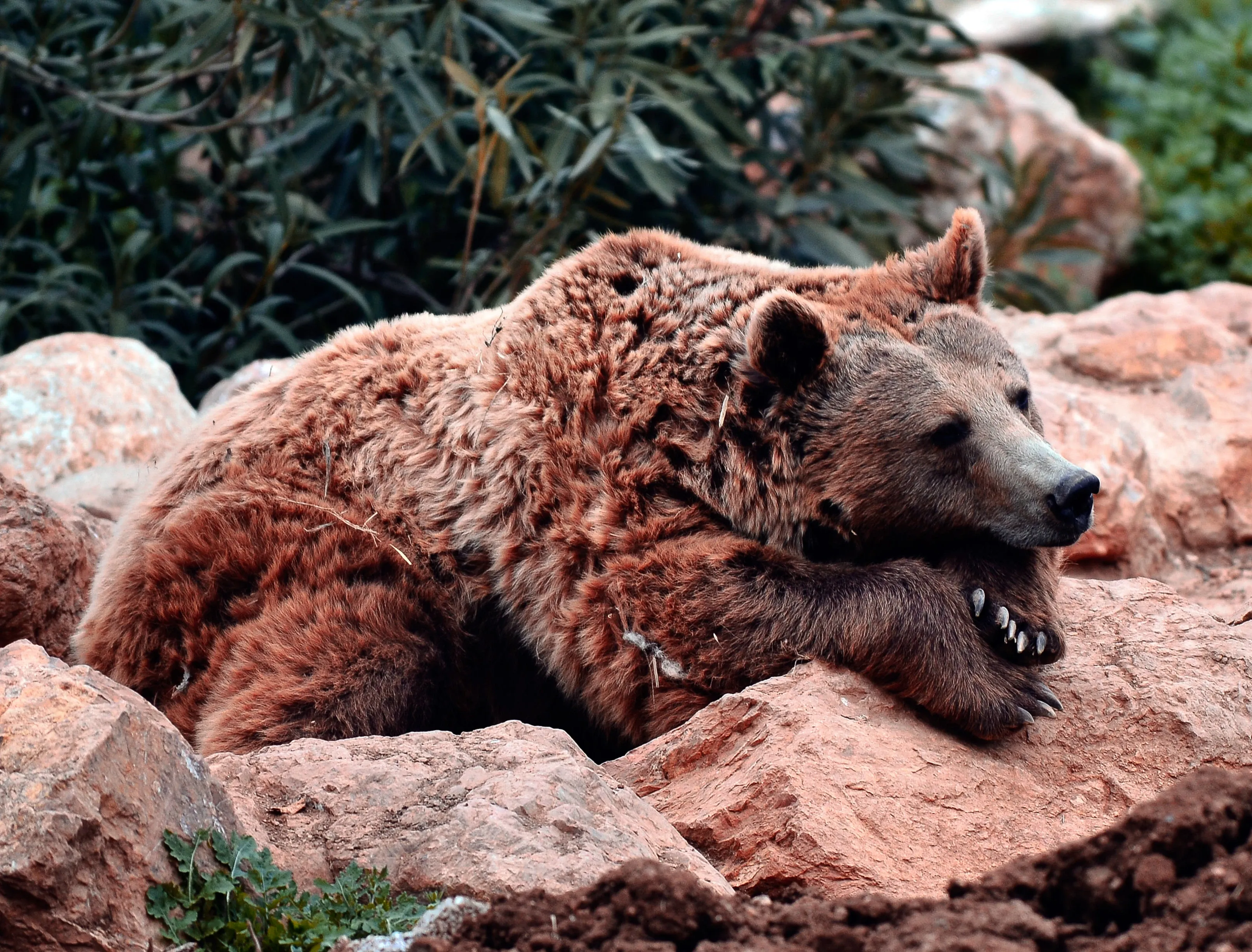
Wolves and roe deer can also be found sharing the wild spaces, with the European wildcat, golden jackal, red fox, and Balkan lynx also being found. Wild boar, the endangered Cretan ibex, both northern and southern white-breasted hedgehogs, and about 450 species of birds will keep the eager naturalist fully engaged. In the rivers, 160 species of freshwater fish and three species of endemic lamprey—the Epirus Brook, the Grey Brook, and the Almopaois Brook Lamprey—reside. The reptile diversity of Greece is by far the largest in Europe, with 59 species found. The Milos viper and Peloponnese slow worm are great sightings.
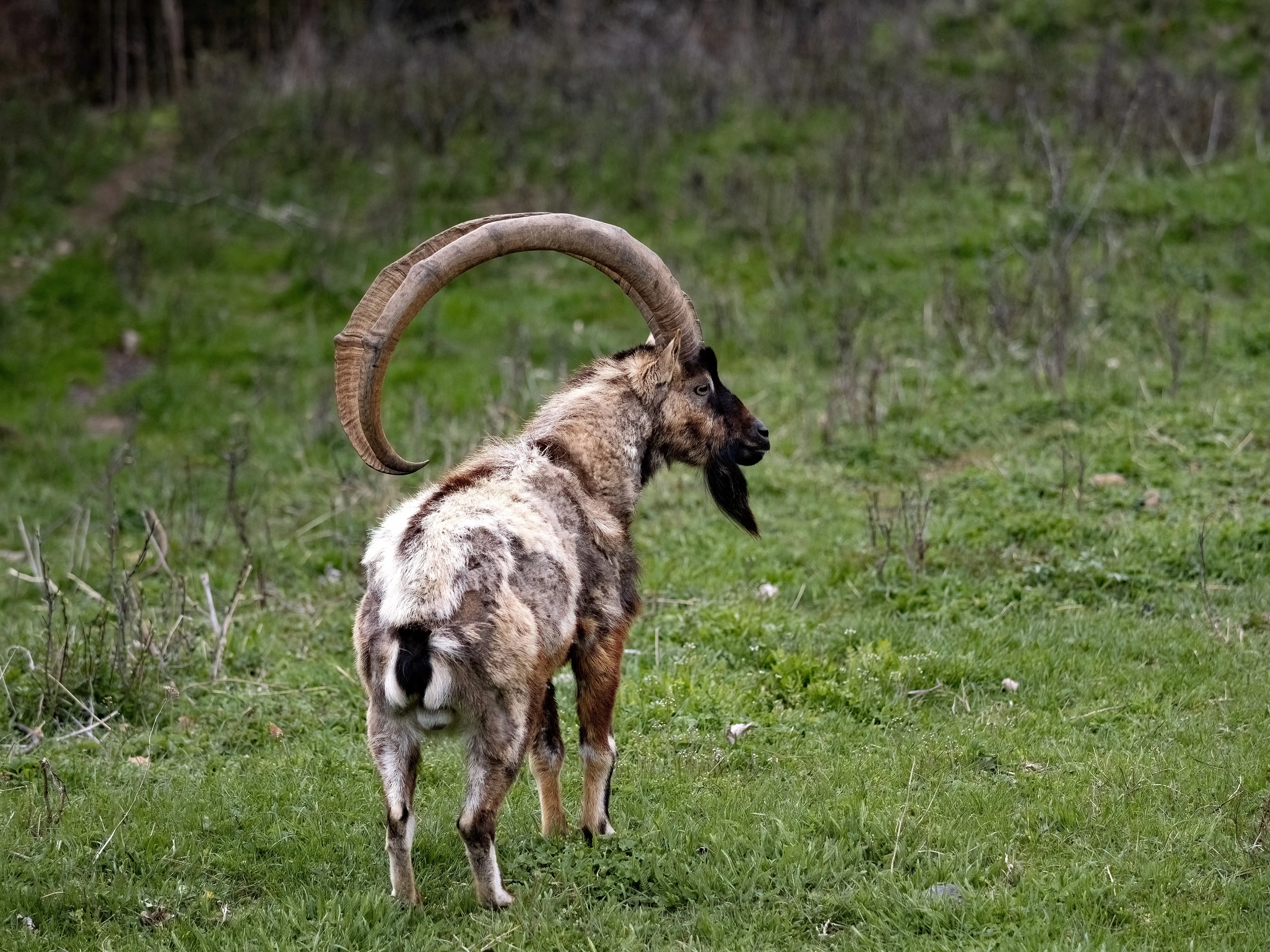
In the sea, the mighty Sperm Whale, capable of reaching a length of 20 meters, is a sight to behold. Striped dolphins in the Gulf of Corinth, the Loggerhead Turtles of Zakynthos, and the massive Basking Sharks around the island of Rhodes are but a taste of this remarkable and vibrant marine wildlife collection. There is even a chance to see the endangered Mediterranean monk seal if you are lucky enough.
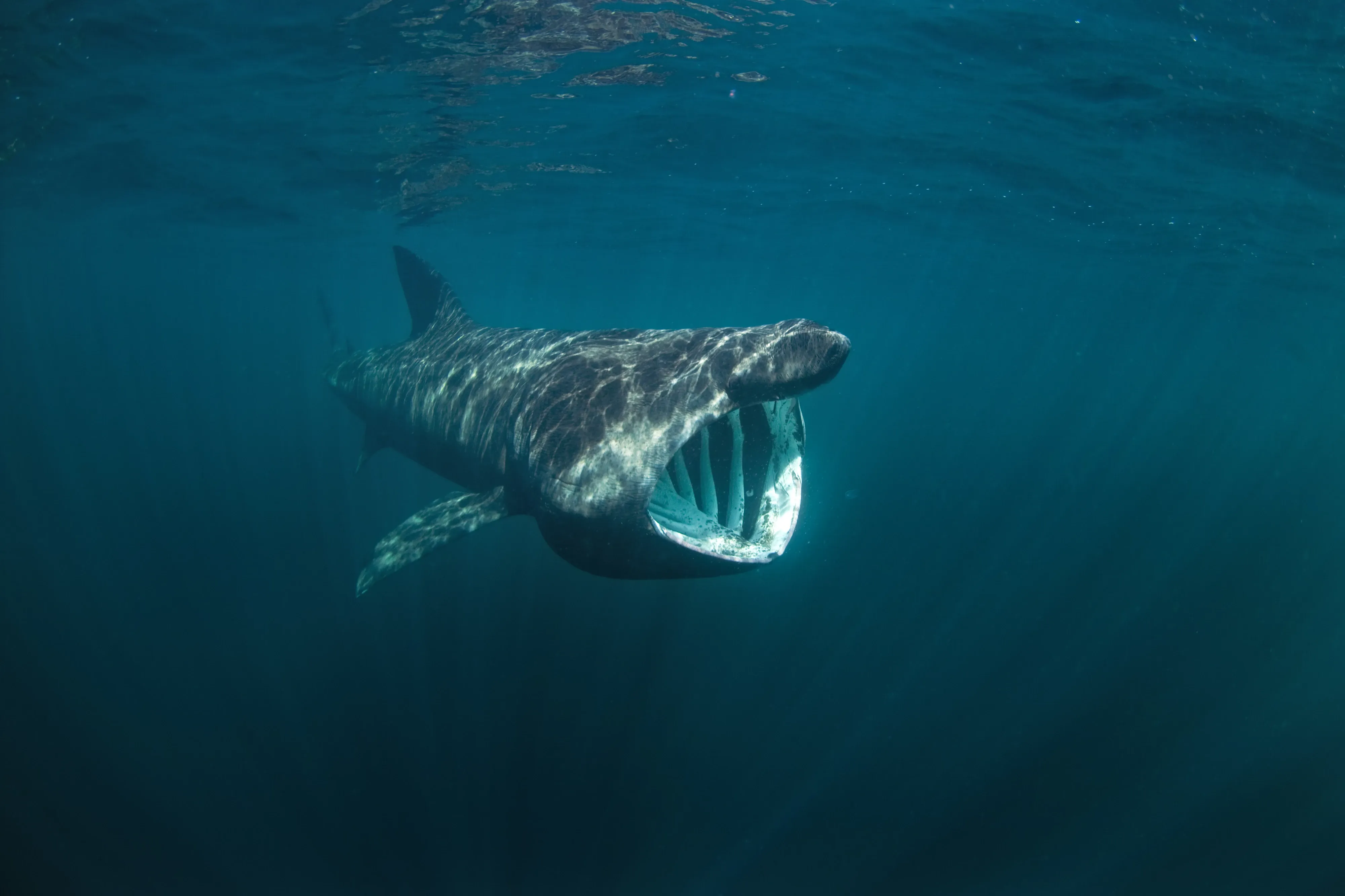
Greece’s vegetation
Despite large tracts of poor soil quality, Greece does support a varied and diverse plant life. Most vegetation is typically Mediterranean, with cypress and evergreen oak trees and juniper and myrtle shrubs being dominant. The forests are made up mainly of black pine, aleppo pine, and fir species, with oak, chestnut, and beech also commonly found.
The Foloi Forest in the Peloponnese, covering around 33,000 m2, is one of Europe’s oldest self-planted beech and oak forests.
The palm forest of Vai is an incredible sight, and the centennial beech trees in the Drimos Forest of Thrace on the Greek-Bulgarian border are beautiful.
Various wonderful orchid species, particularly on the island of Lesvos, add dramatic colour; the cliff roses found growing on the sides of coastal cliffs flash pink to white to purple, while daffodils and poppies stand bright. The island of Crete is a known biodiversity hotspot with an abundance of rare plants, flowers, deep ravines, and forests. The deep white of the Lily of the Sea can be found on beaches and coastal sand dunes, while the endemic Cretan Zelkova lives high up in the mountains.
Ecotourism destinations in Greece and nature conservation
According to the Biodiversity Information System for Europe, a little over 30% of the Greek land and 19% of its waters are covered by protected areas. There are a total of 10 national parks, with Mount Olympus being the oldest, and two marine parks in the country. Greece has some truly spectacular natural ecotourism destinations; however, mass tourism is a major threat.
Prespa National Park in northern Greece is a fantastic spot for wildlife, with the chance to see an abundance of animals, from brown bears to Dalmatian pelicans. The National Marine Park of Alonnisos is Greece’s largest national park and one of Europe’s largest marine protected areas.
»On average, more people visit Greece per year than there are people in Greece’s entire population.«
Hikers’ favorite
The forests in the northern Pindos mountains are one of the best places in Greece to see brown bears. One or two reputable tour operators are working with the environmental organisation Callisto that offer bear-tracking hikes. These are more ecologically holistic nature hikes that offer far more than just the chance of spotting brown bears. Definitely worthwhile! The 75-kilometre Menalon Trail in the country’s south is another beautiful hike. The Parnassos National Park offers great rock climbing opportunities, with the Kouvelos a popular choice. In winter, skiing and snowboarding are also possible in this area.
Top spots for marine fans

Whether seatrekking the Sporades Islands, helping out on the Ionian Dolphin Project in western Greece, or scuba diving off the islands of Chrissi, there are plenty of marine activities to explore. Dive below the turquoise waters of the Alonissos Marine National Park, and a world of breathtaking natural beauty merges with fantastic myth and legend. Stunning marine archaeological sights can be explored, and brilliant underwater wildlife abounds.
With its undeniable natural beauty, awe-inspiring history, fantastic myths and legends, wonderful culture, and delicious food, Greece is indeed a worthy home of the gods. It has some special wild places worth exploring, both on land and in the water; however, more effort and awareness in nature conservation are crucial if these places are to stay wild and for others to be re-wilded. Ecotourism in Greece undeniably has a vital role to play.
Sign up for the newsletter
By clicking on “Subscribe now” I will subscribe to the Conscious Explorer newsletter with all the information about mindful travel. Information on the success measurement included in the consent, the use of the shipping service provider MailChimp, logging of the registration and your rights of revocation can be found in our privacy policy.
